There is currently no consensus on the concept of non-forested land as well as data on forestry land between land law and forestry law, according to Associate Professor, Dr. Nguyen Ba Ngai, Vice President and General Secretary of the Vietnam Forest Owners Association (VIFORA).
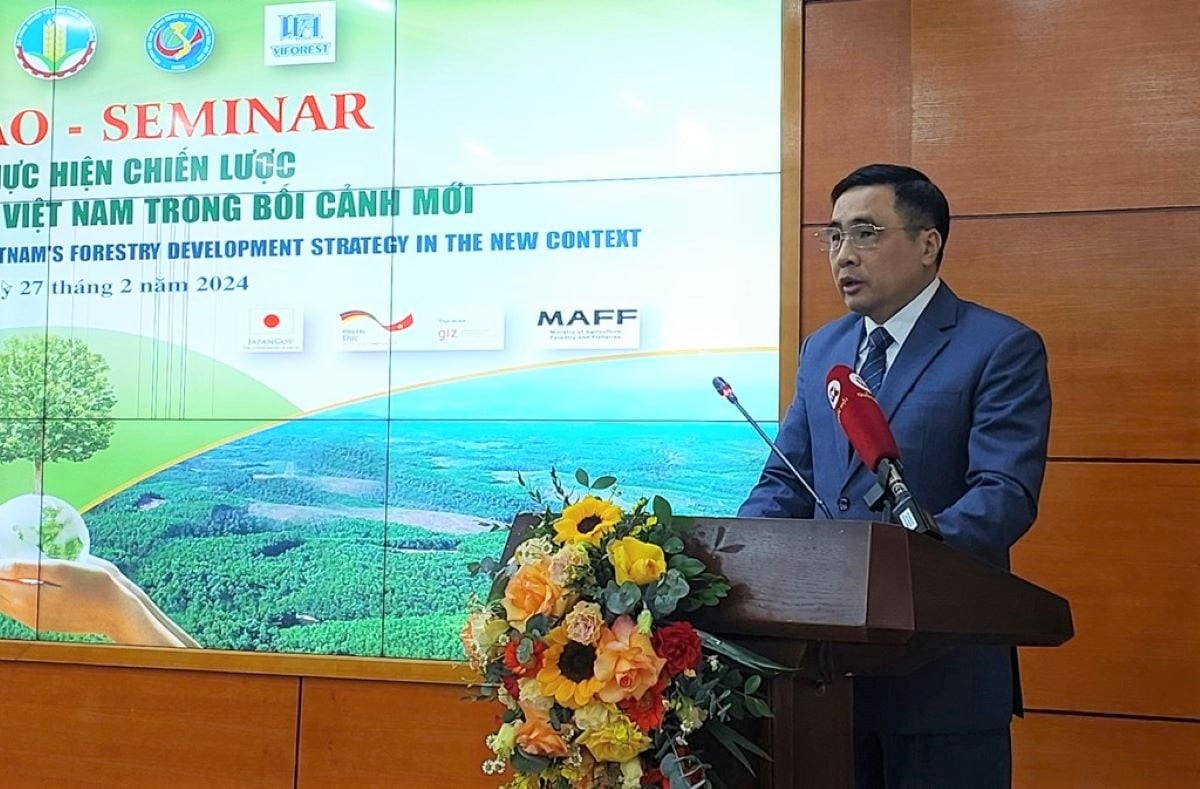 |
| Deputy Minister of Agriculture and Rural Development Nguyen Quoc Tri spoke at the workshop. |
On February 27, 2024, in Hanoi, the Ministry of Agriculture and Rural Development in coordination with the Vietnam Association of Agricultural Economics and Rural Development, the Vietnam Forest Owners Association, and the Vietnam Timber and Forest Products Association organized the Workshop "Solutions to implement the Vietnam Forestry Development Strategy in the new context".
Forestry development strategy still has some shortcomings.
Mr. Trieu Van Luc - Deputy Director of the Department of Forestry (Ministry of Agriculture and Rural Development) said that after 3 years of implementing the Forestry Development Strategy, the whole industry has achieved results in all aspects of economy, social security and environment.
Specifically, the forestry production structure has shifted towards increasing the added value of the forestry production chain. The forestry production value has grown steadily at 4.6% per year. Every year, the whole country plants over 260 thousand hectares of forest.
According to Mr. Trieu Van Luc, the productivity and quality of planted forests have been improved, providing over 70% of wood materials for forest product processing, serving export and domestic consumption. The export value of wood and forest products reached an average of 15.8 billion USD, with a high trade surplus. Revenue from forest environmental services reached an average of 3,650 billion VND/year.
In particular, in 2023, VND 4,130 billion was collected, including VND 997 billion from forest carbon absorption and storage services, contributing to reducing pressure on state budget expenditures, paying for the protection of about 7.3 million hectares of forest, becoming an important and sustainable financial source for the forestry sector.
However, according to Mr. Trieu Van Luc, the implementation of the Forestry Development Strategy still has shortcomings and difficulties such as overlapping land use planning and planning for three types of forests, lacking consistency. Forest allocation and leasing work is still slow to be implemented.
State budget investment in forest protection and development is still difficult. Many localities have not paid attention to investing and supplementing the budget for forest protection and development. The wood and forest products processing industry has not developed sustainably, mainly small and medium-sized enterprises, the ability to lead and control the domestic market and expand the international market is still limited; the ability to cooperate and link along the value chain, and link with raw material areas is not yet tight...
Speaking at the workshop, Deputy Minister of Agriculture and Rural Development Nguyen Quoc Tri said that the results achieved after 3 years of implementing the Vietnam Forestry Development Strategy for the 2021-2030 period have made increasingly important contributions to socio-economic development, ecological environment protection, natural disaster mitigation, proactive response to climate change, ensuring national defense and security, and successfully implementing national goals on sustainable development.
However, according to Mr. Nguyen Quoc Tri, some important targets have not been achieved compared to the plan, such as the export turnover of wood and forest products, or the added value of the forestry industry is not commensurate with the potential. The reason is that in recent times, the forestry industry has faced many unpredictable fluctuations such as war or climate change.
No consensus on the concept of non-forested land
According to Associate Professor, Dr. Nguyen Ba Ngai, Vice President and General Secretary of the Vietnam Forest Owners Association (VIFORA), the Vietnam forestry development strategy for the period 2021 - 2030, with a vision to 2050, has been implemented for 3 years. In addition to remarkable results, a number of issues have emerged in forest management and forestry land management. The 2024 Land Law, effective from January 1, 2025, stipulates a number of contents directly related to forest management and forestry land management. The national forestry planning for the period 2021-2030, with a vision to 2050, is in the preparation stage and will soon be issued, requiring forestry planning to be consistent with land use planning.
Currently, the land category being used for forest protection and development has many unclear points, and it is difficult to determine criteria, making it difficult to count and monitor forest management because this land category includes forest areas that are being promoted for regeneration but have not yet become forests; land that has been planted with forests but has not yet become forests; land for building works serving forest protection and development such as firebreaks...
According to the Land Law, forestry land includes 3 groups: production forest land; protection forest land; special-use forest land. Each group is divided into: land with natural forest, land with planted forest, land being used for forest protection and development. The Land Law does not stipulate land without forest. The area of forestry land counted in 2022 is 15,458,657 hectares excluding land without forest.
According to the forestry law, forestry land includes forested land and non-forested land. According to Resolution No. 39/2021/QH15 of the National Assembly on national land use planning for the period 2021-2030, with a vision to 2050, and the 5-year national land use plan 2021-2025, the total forestry land area in 2020 was 16,348,000 hectares, of which 1,671,700 hectares were non-forested land.
Associate Professor, Dr. Nguyen Ba Ngai said that the problem here is the lack of consensus on the concept of non-forested land as well as data on forestry land between land law and forestry law.
Also according to Associate Professor, Dr. Nguyen Ba Ngai, the data on the area of assigned forestry land announced by the Department of Natural Resources and Environment and the data on the area of assigned forest land announced by the Department of Agriculture are not consistent, even contradictory, such as the area of assigned forest is higher than the area of land of the same type.
The forest area assigned to the community is higher than the forestry land area assigned to the community; the forest area managed by the Commune People's Committee is 1 million hectares higher than the forestry land area managed by the Commune People's Committee.
"These are problems that have existed for many years, greatly affecting the management of forests and forestry land. The main reason is the lack of consensus on the indicators for inventory and statistics of forestry land and forests, technology, processes, methods and coordination in inventory and statistics of forestry land and forests have not been well implemented," Associate Professor, Dr. Nguyen Ba Ngai shared.
According to Associate Professor, Dr. Nguyen Ba Ngai, the Department of Natural Resources and Environment, Agriculture and Rural Development needs to unify forestry land including 3 groups of land: forested land, non-forested land and land used for the purpose of forest protection and development.
Associate Professor, Dr. Nguyen Ba Ngai said that in order to unify the groups of land belonging to forestry land, it is necessary to study and supplement the sub-law documents guiding the implementation of the Land Law, including unifying the regulations on the codes of the above forestry land types; amending and supplementing a number of articles in the Decrees guiding the implementation of the Forestry Law. In particular, it is necessary to specifically regulate the land used for the purpose of forest protection and development.
Source link


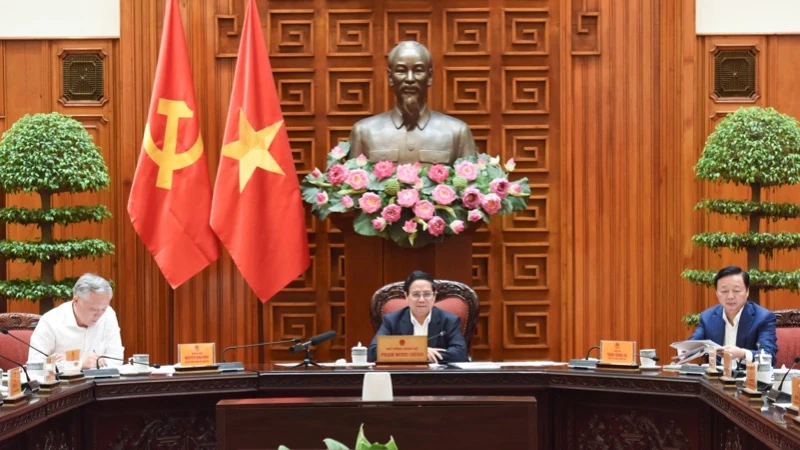
![[Photo] Unique folk games at Chuong Village Festival](https://vstatic.vietnam.vn/vietnam/resource/IMAGE/2025/4/10/cff805a06fdd443b9474c017f98075a4)
![[Photo] Prime Minister Pham Minh Chinh chairs meeting to discuss tax solutions for Vietnam's import and export goods](https://vstatic.vietnam.vn/vietnam/resource/IMAGE/2025/4/10/19b9ed81ca2940b79fb8a0b9ccef539a)
![[Photo] Phuc Tho mulberry season – Sweet fruit from green agriculture](https://vstatic.vietnam.vn/vietnam/resource/IMAGE/2025/4/10/1710a51d63c84a5a92de1b9b4caaf3e5)




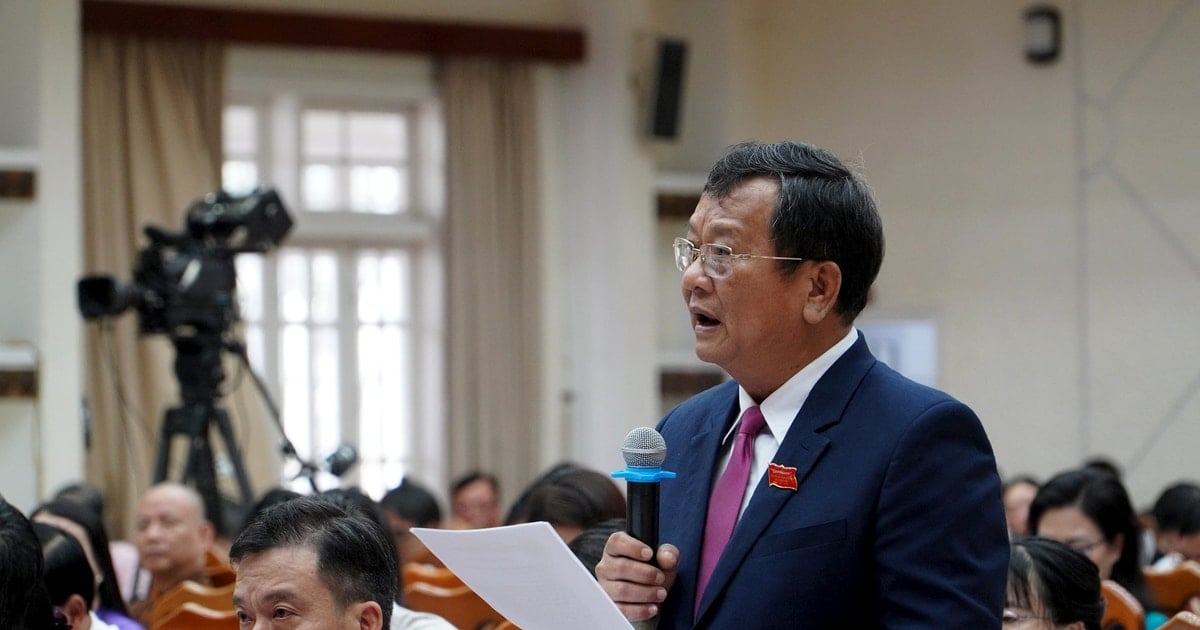
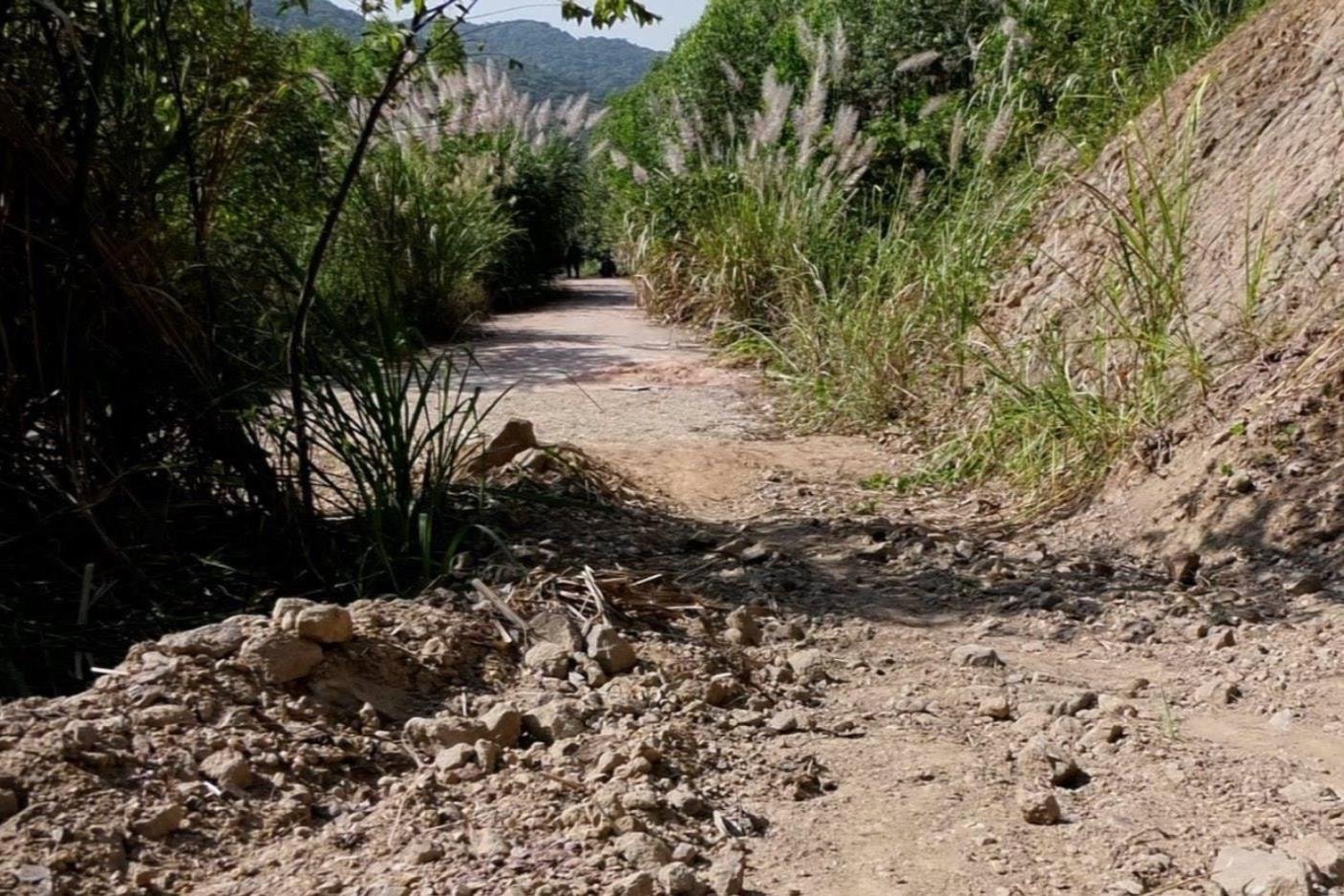
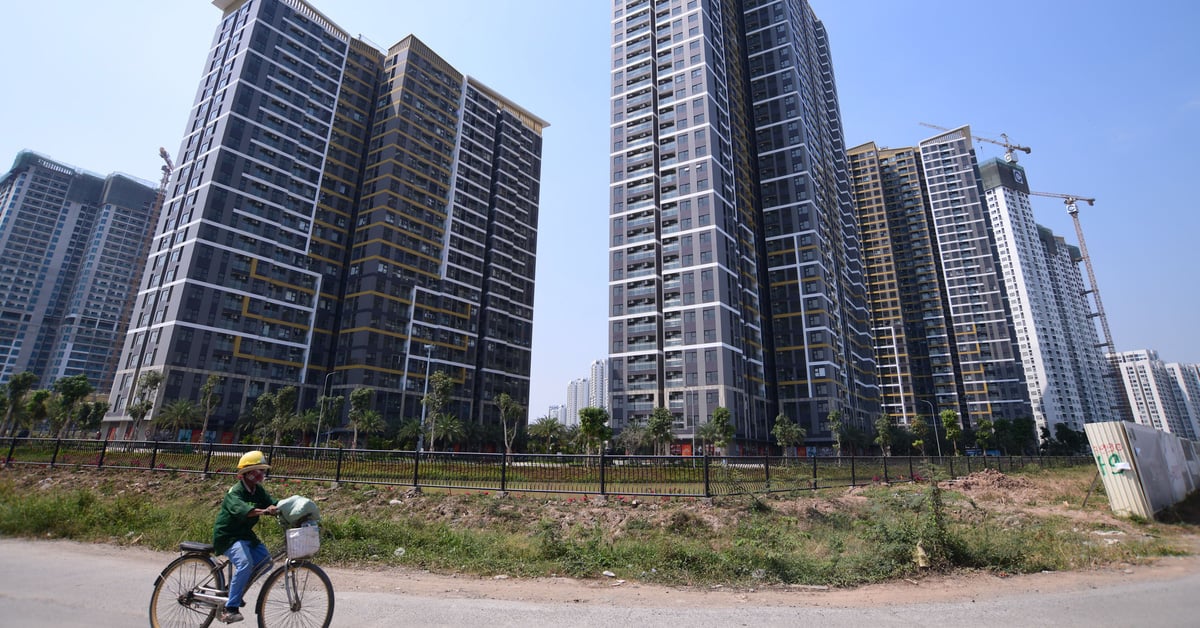

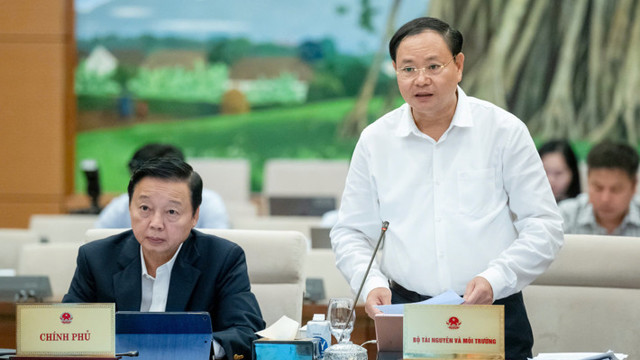

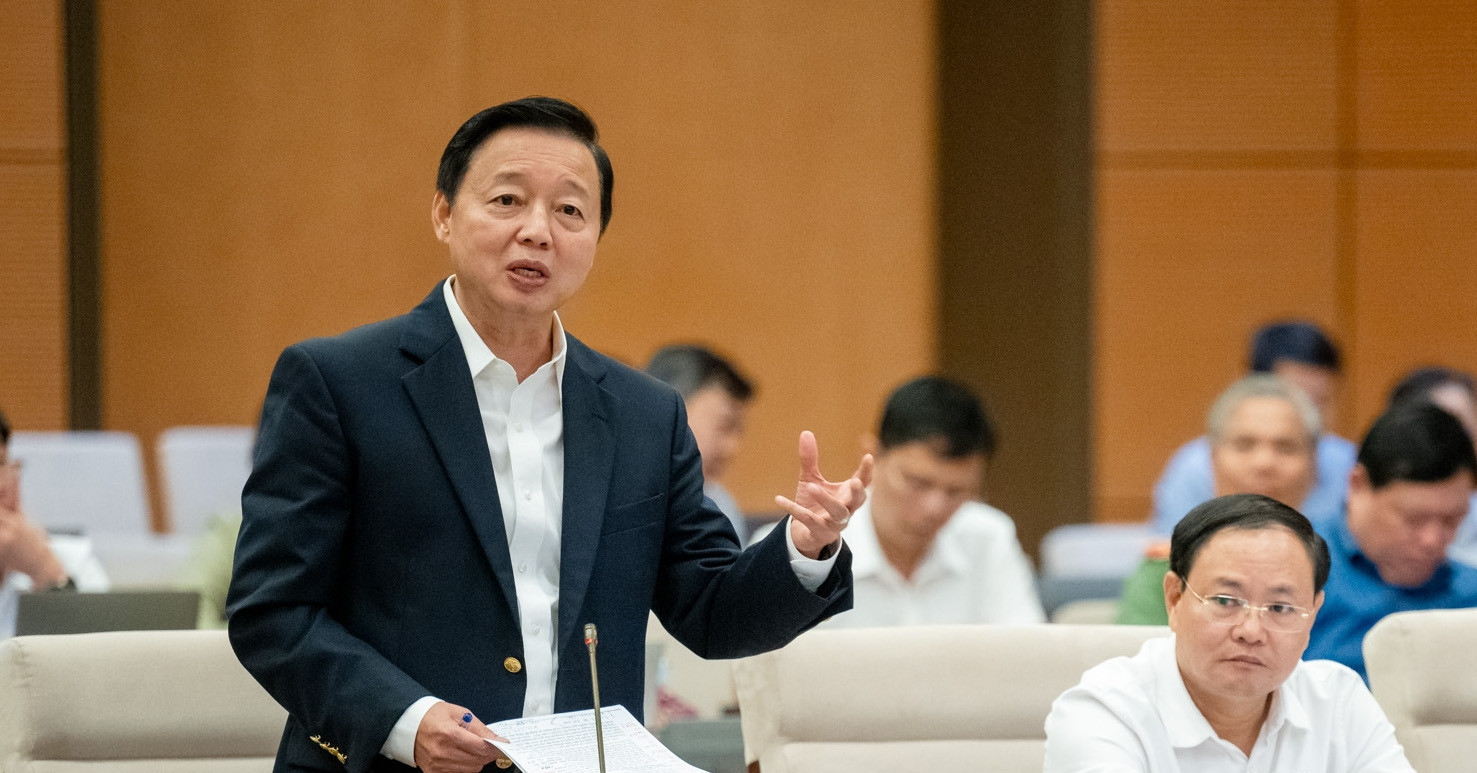

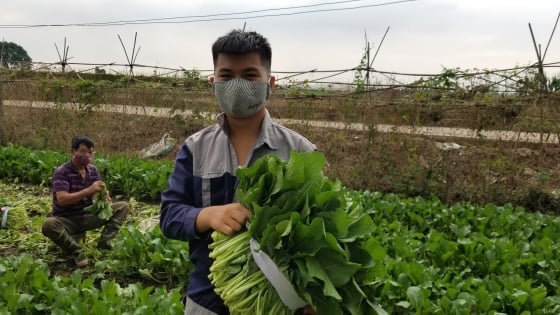
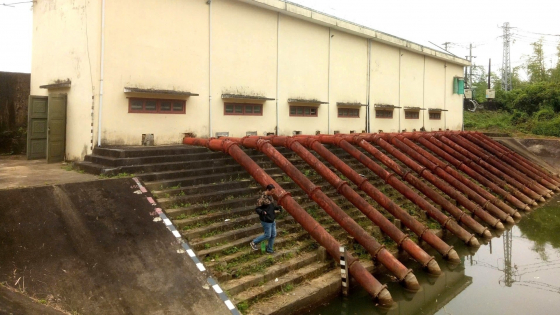
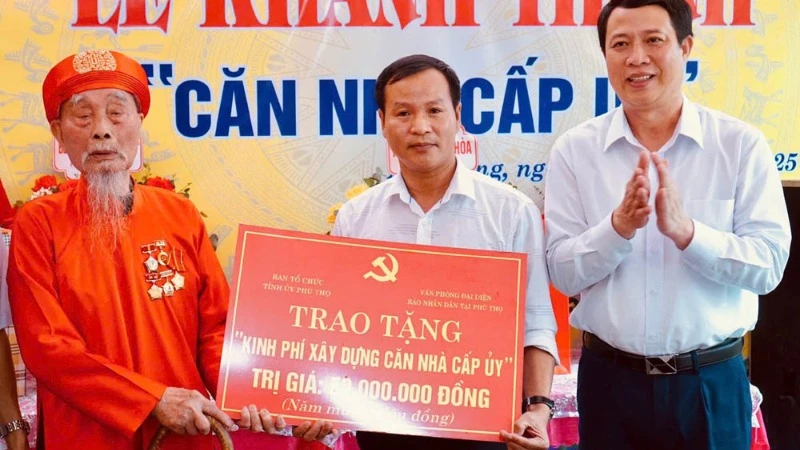
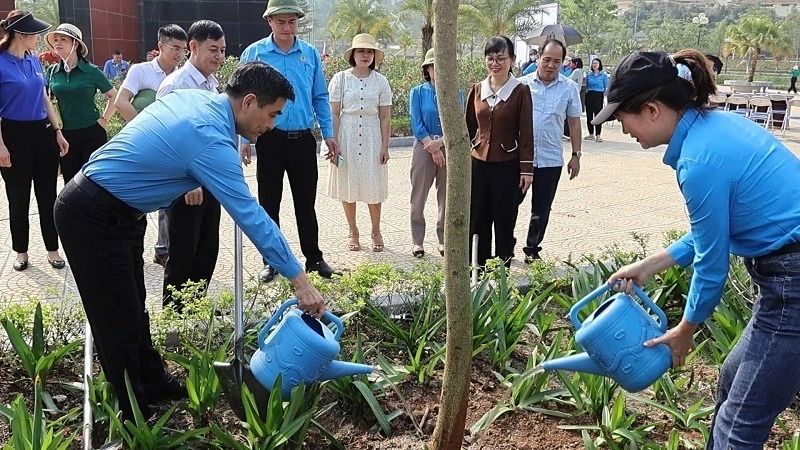

![Building the Vietnamese bird's nest brand: [Part 1] Reaching the world](https://vstatic.vietnam.vn/vietnam/resource/IMAGE/2025/4/10/a74ccb6a92a148aa9acd3682fa5ad735)






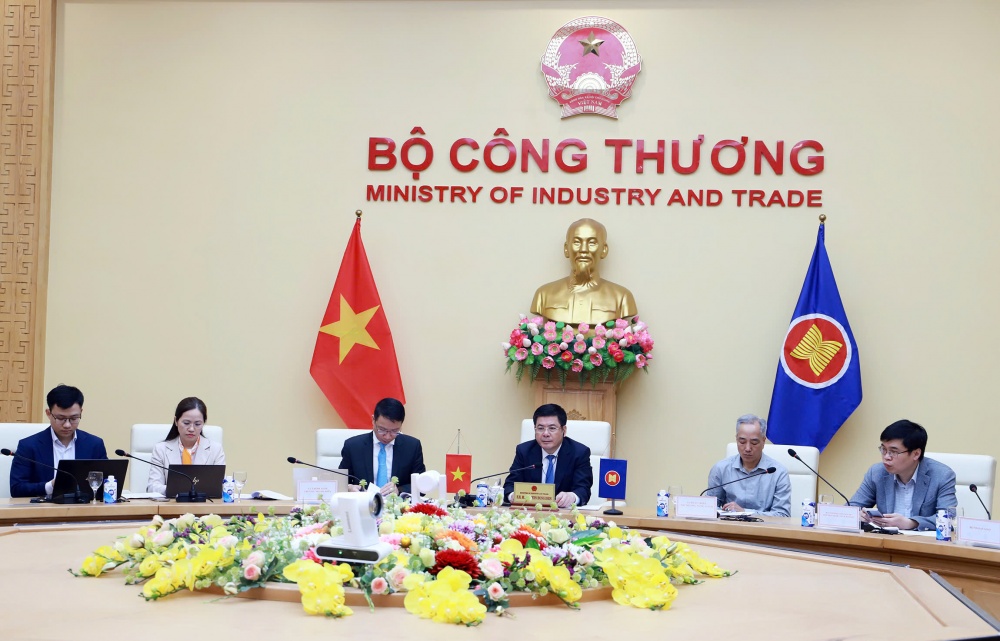
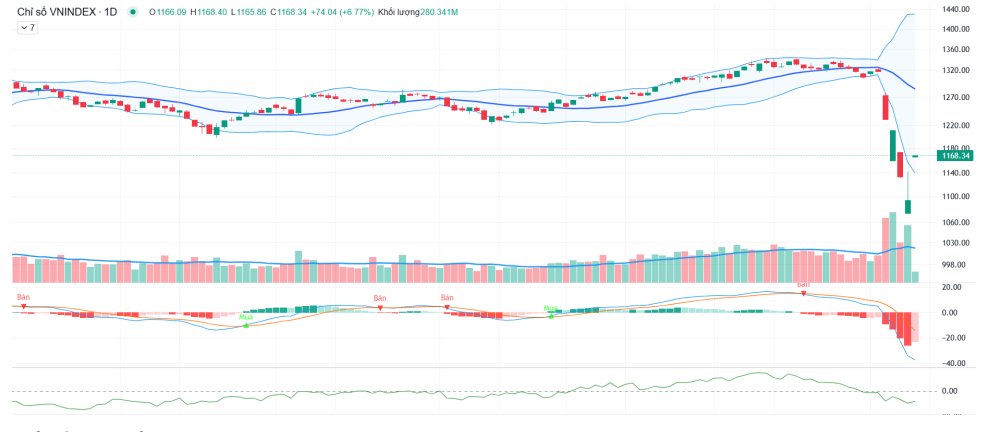

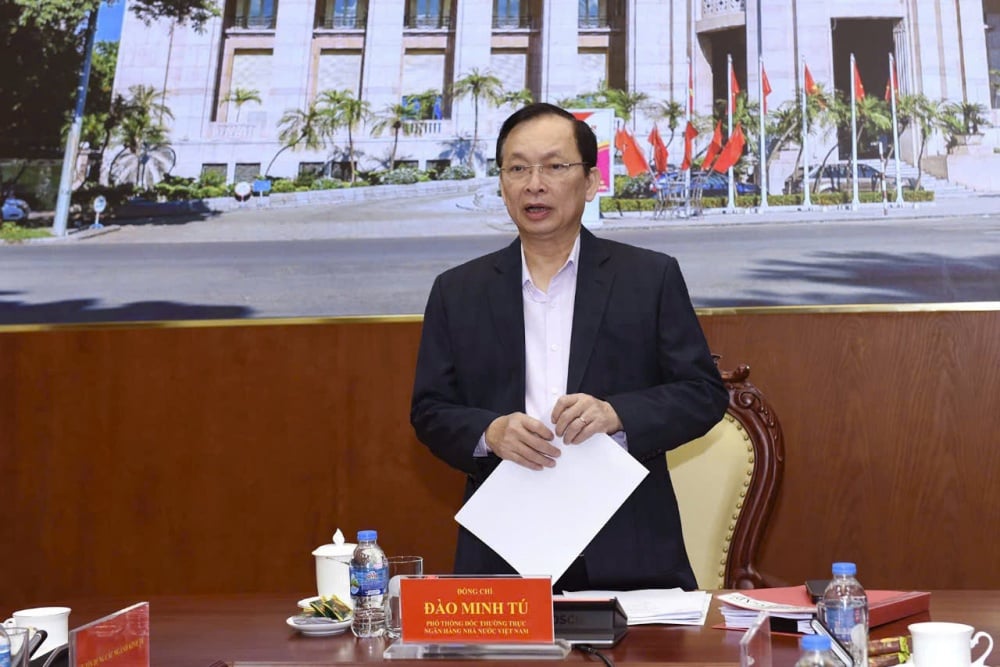




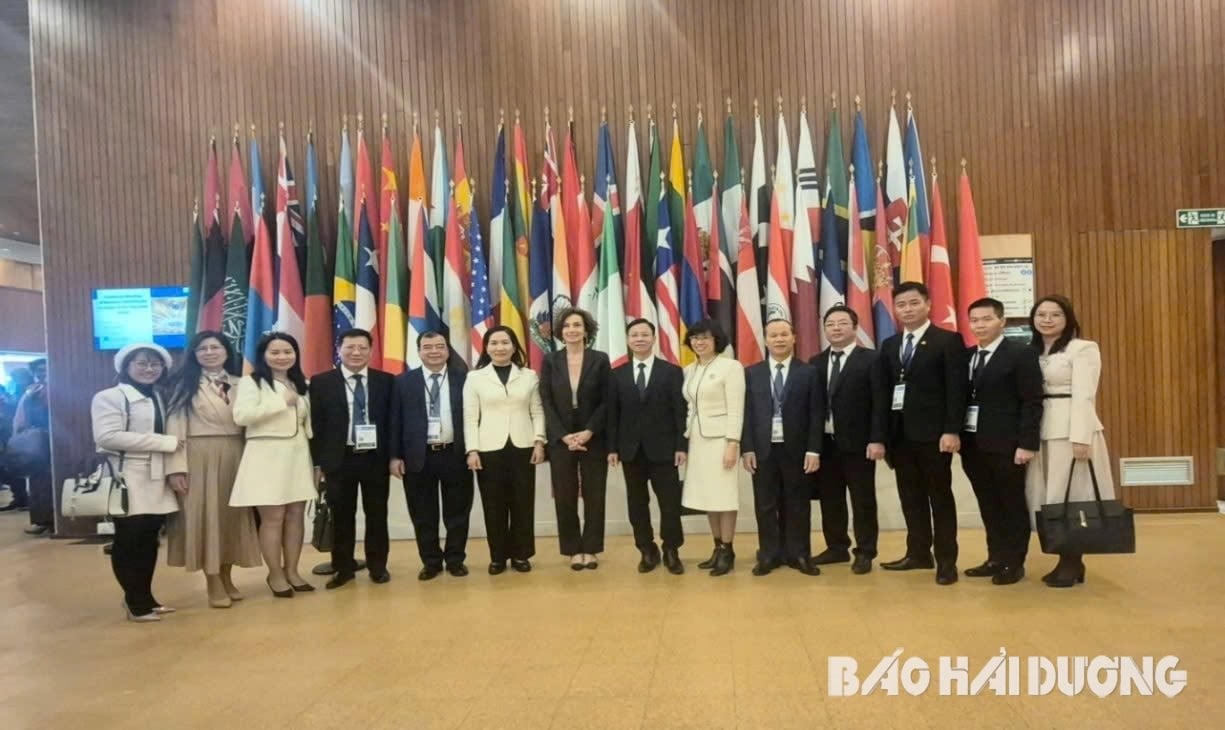















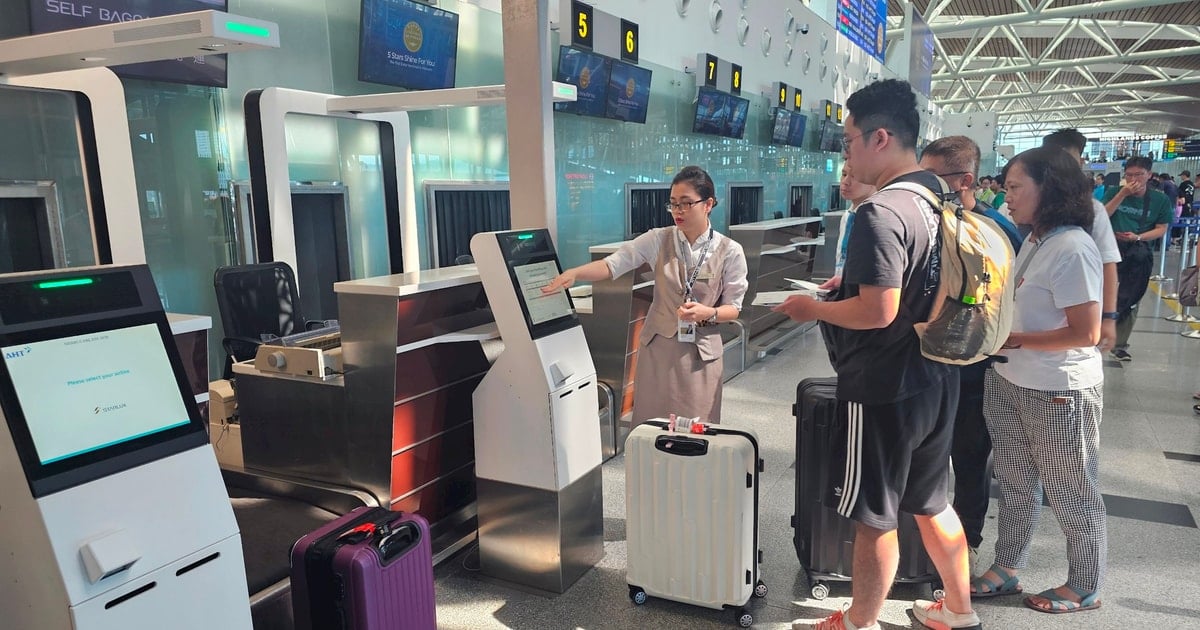





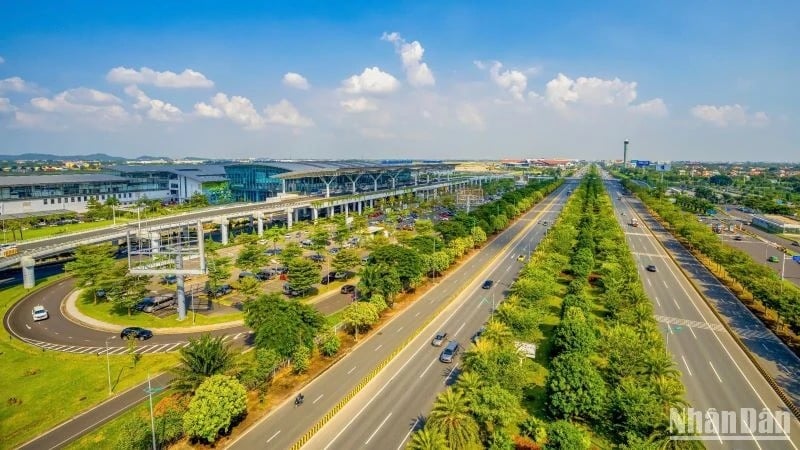











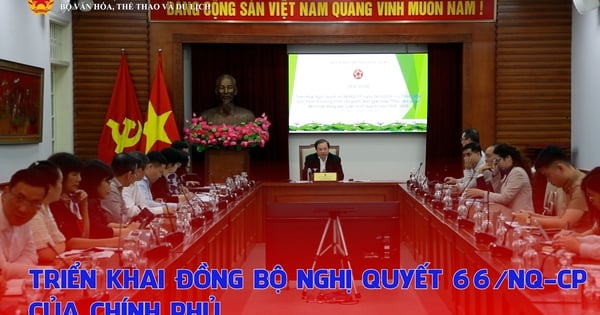


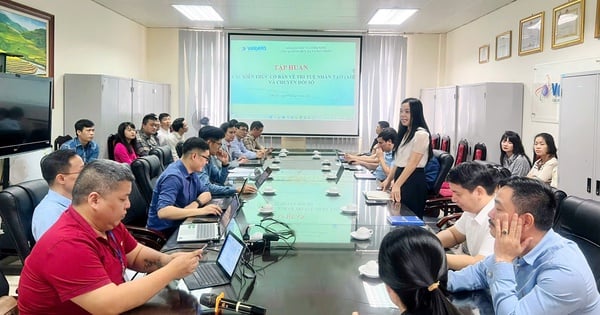


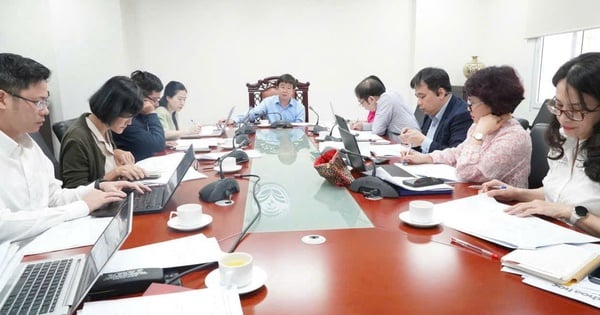

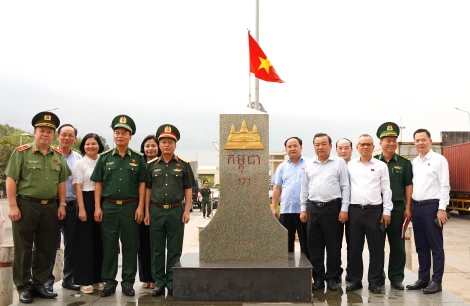


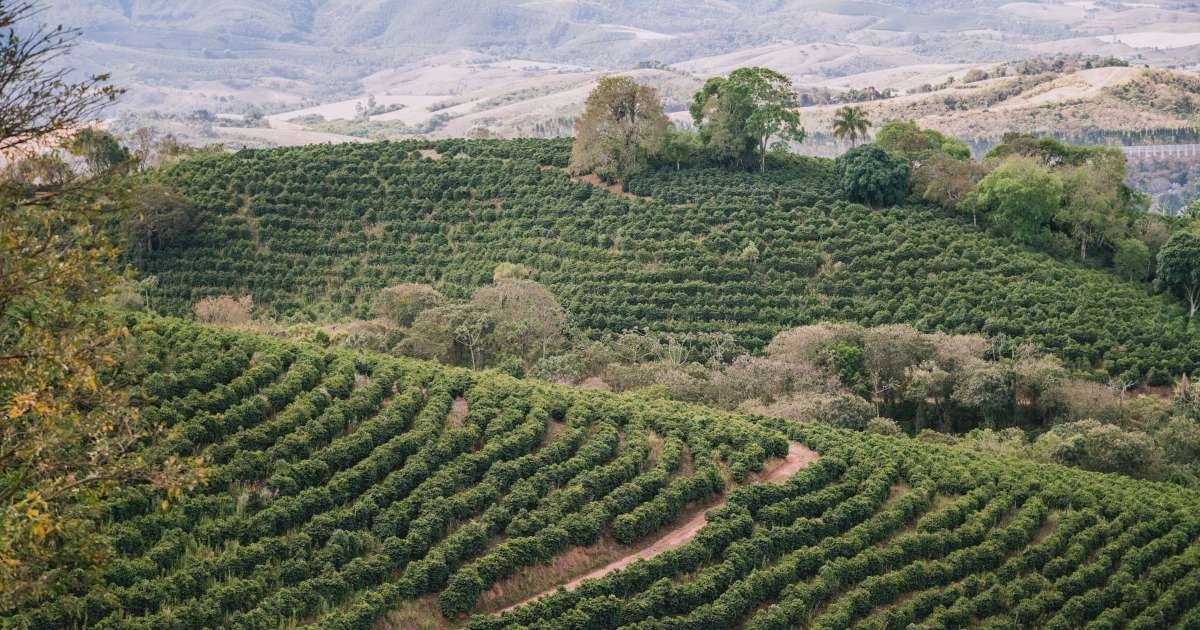

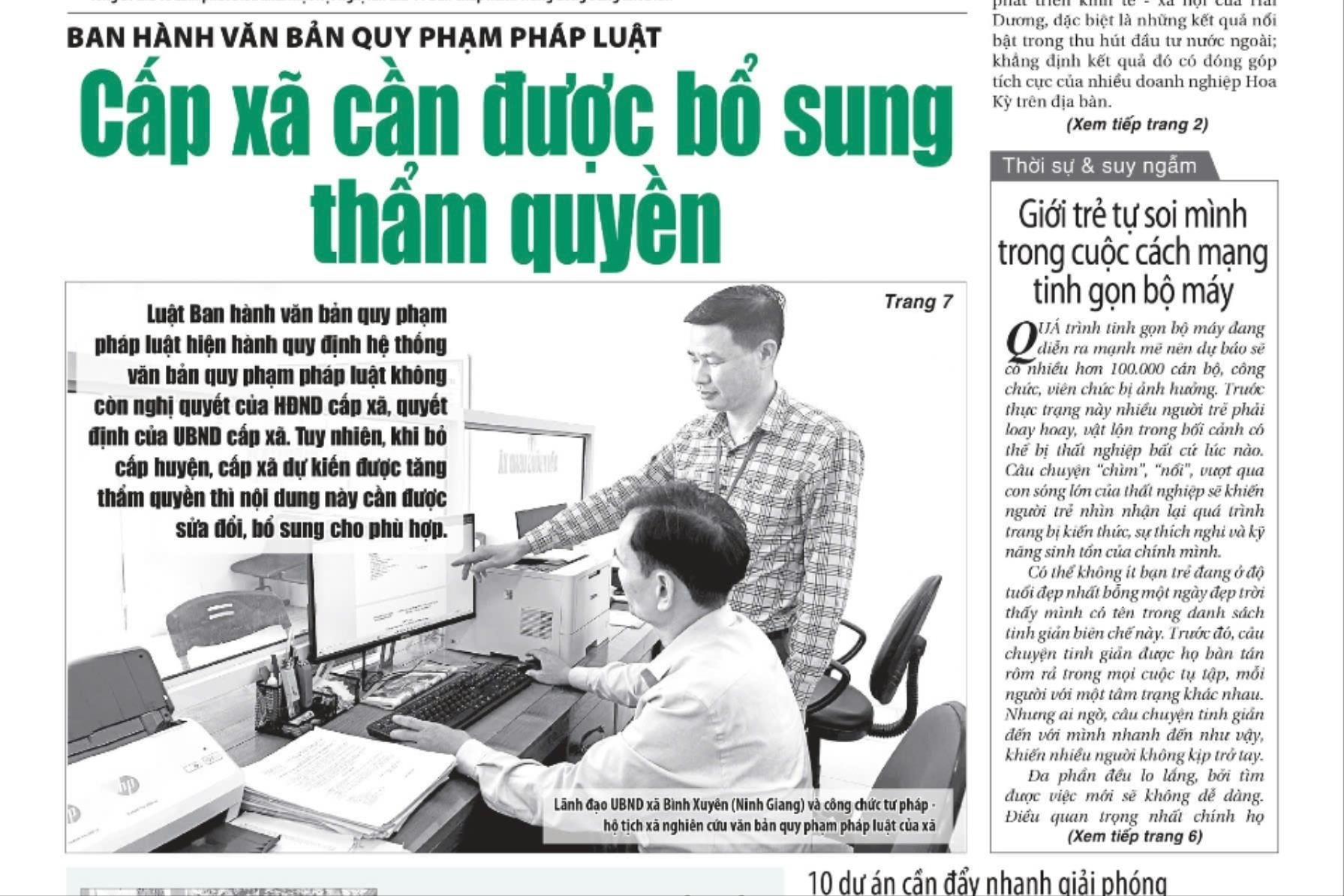
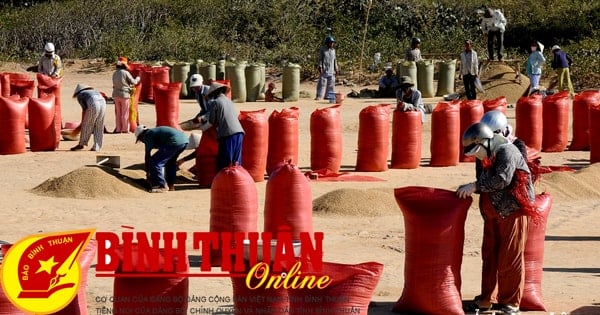





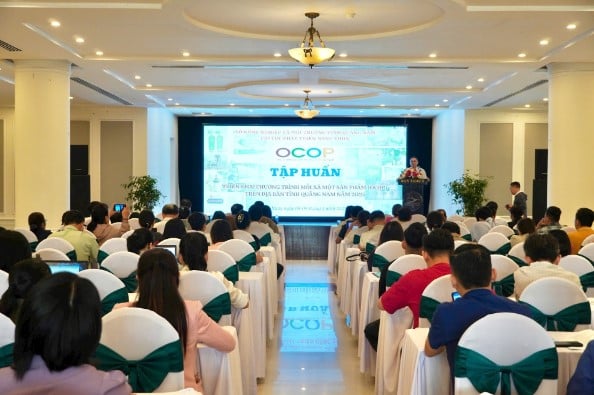

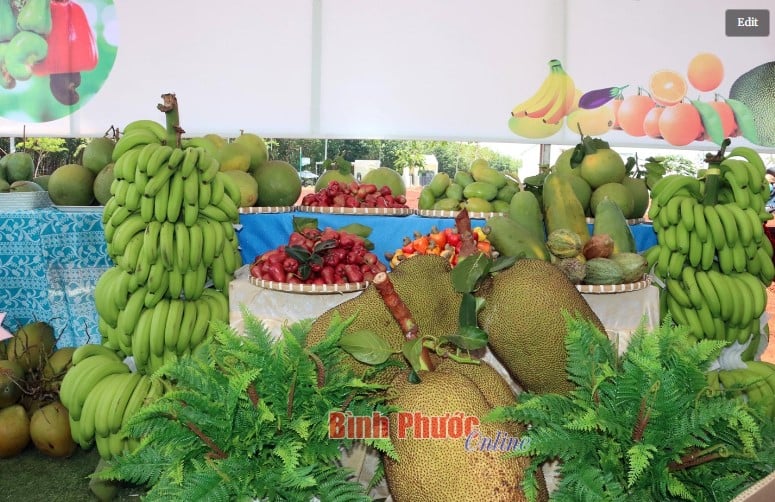
Comment (0)